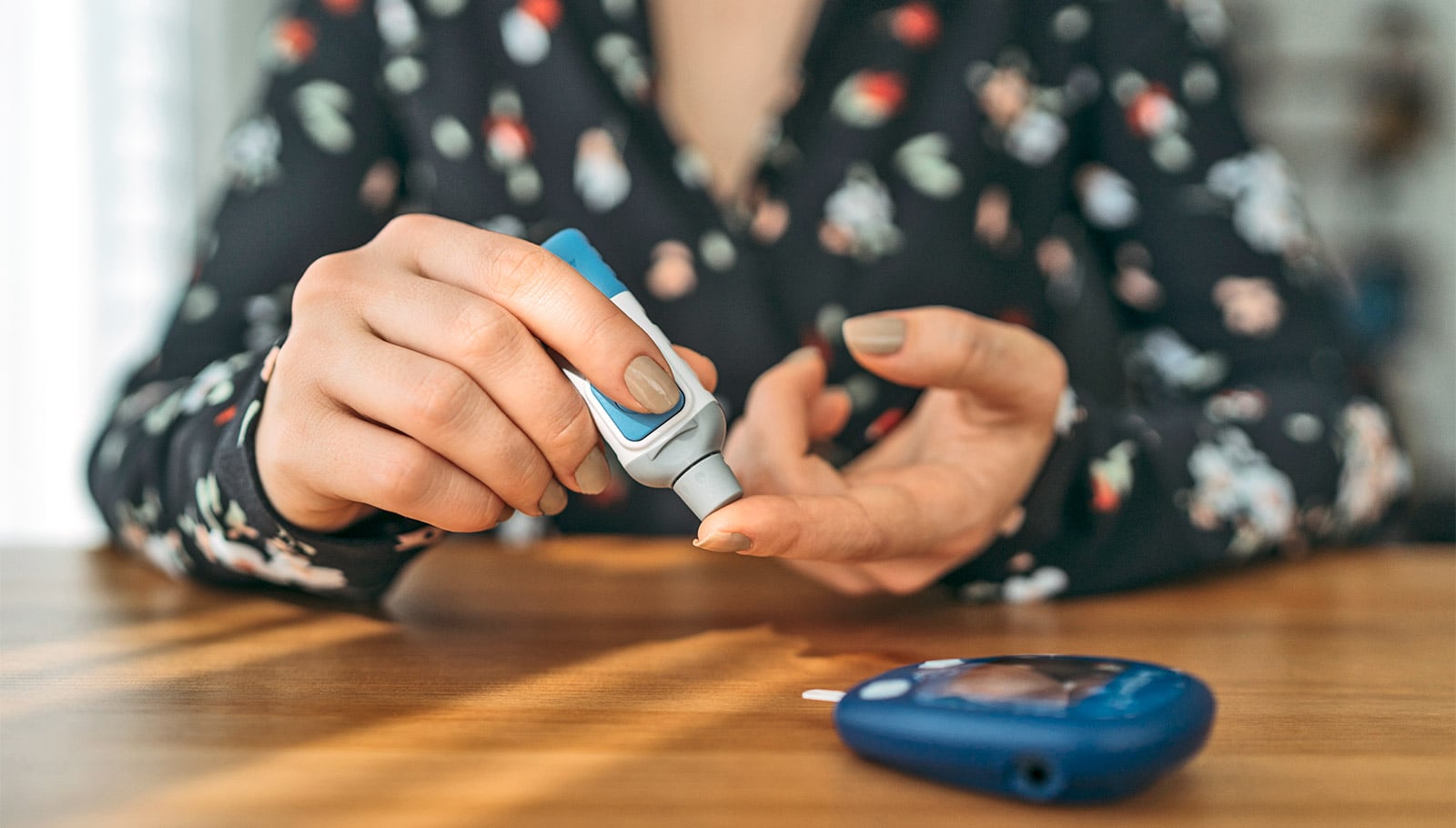Researchers have created a method for implanting hundreds of thousands of insulin-producing pancreatic cell clusters into diabetes patients to help manage the disease.
A thin hydrogel coating protects the cell clusters, which researchers attach to a polymer thread that can be removed or replaced when the cells have outlived their usefulness.
In Type 1 diabetes, the body’s immune system destroys these insulin-making islets. For the more than 1 million Americans who live with type 1 diabetes, daily insulin injections are literally a matter of life and death. And while there is no cure for type 1 diabetes, the new device could revolutionize management of the disease.
In and out
Transplantation of stem cell-derived, insulin-producing islet cells is an alternative to insulin therapy, but that requires long-term immunosuppressive drug administration.
One well-researched approach to avoid the immune system’s response is to coat and protect the cells in tiny hydrogel capsules, hundreds of microns in diameter. However, these capsules can’t easily be taken out of the body since they’re not connected to each other, and there are hundreds of thousands of them.
The ability to remove the transplant is key because of the potential of tumors forming when using stem cell-derived, insulin-producing cells—the most promising cell source for type 1 diabetes cell therapies.
“When they fail or die, they need to come out,” says research group leader Minglin Ma, assistant professor of biological and environmental engineering at Cornell University. “You don’t want to put something in the body that you can’t take out. With our method, that’s not a problem.”
Spider webs and water
Taking inspiration from the way water beads on a spider’s web, Ma and colleagues first attempted to connect the islet cell-containing capsules through a string but realized that it would be better to put the hydrogel layer uniformly around a string instead.
The string is an ionized calcium-releasing, nanoporous polymer thread. The device starts with two sterile nylon sutures twisted in a helix, then folded over to facilitate the subsequent nanoporous structure coatings.
Researchers placed onto that thread a thin layer of islet cell-containing alginate hydrogel, which adheres to the helical, nanoporous thread, similar to dew drops sticking to the spider silk. Alginate is a seaweed extract commonly used in encapsulated cell transplantation.
This thread—dubbed TRAFFIC (Thread-Reinforced Alginate Fiber For Islets enCapsulation) by the group—was inspired by a spider’s web but, according to Ma, it’s even better because the hydrogel covers the thread uniformly.
“You don’t have any gaps between capsules,” Ma says. “With a spider’s silk, you still have gaps between the water beads. In our case, gaps would be bad in terms of scar tissue and the like.”
And since the thread is twisted and porous, the hydrogel won’t slip off as it would on a single, smooth piece of material. Jintu Fan, a professor from the fiber science & apparel design department the College of Human Ecology at Cornell University and Meredith Silberstein, an assistant professor in the mechanical and aerospace engineering department in the College of Engineering, were instrumental in modeling different options for the thread configuration.
This therapy would involve minimally invasive laparoscopic surgery to implant approximately six feet of hydrogel-coated thread into the patient’s peritoneal cavity.
“We only need two quarter-inch-long incisions,” Flanders says. “We inflate the abdomen with carbon dioxide, which gives us room to work, and then put in two ports—one for a scope that’s hooked to a camera, so we can see what we’re doing, and the other for a grasping device, which is how we introduce the implant.”
TRAFFIC’s large surface area promotes better mass transfer, Ma says, and diffusion is good because all the islet cells are near the surface. Current life span estimates for the thread are between six and 24 months, although more testing is necessary.
Method may reverse vision loss from diabetes
‘A win-win’
In mice, blood glucose levels returned to normal two days after implantation of a one-inch length of TRAFFIC, and remained normal for at least three months when the experiment ended. Retrievability was tested in multiple dogs, with 10-inch samples being successfully implanted and removed laparoscopically.
Flanders, who performed surgical implantation in canines, says among the different dogs and devices the team tested there was either no or only minimal adhesion of the device to surrounding tissue upon removal.
“When Minglin first told me about this, I thought it was brilliant,” Flanders says. “There have been other devices sort of like this, but this one seems to have so much promise. It’s minimally reactive, it protects the islet cells, it allows them to sense glucose, they don’t attach to anything, and it can be easily removed. To me, it sounded like a win-win.”
TRAFFIC has received patent protection with the help of Danish pharmaceutical giant Novo Nordisk, which developed injectable insulin more than 90 years ago and is a collaborator on the paper.
These factors explain gap in black and white diabetes risk
Doctoral students Duo An and Alan Chiu are co-lead authors of the paper that appears in the Proceedings of the National Academy of Sciences.
The American Diabetes Association, the 3M Company, Novo Nordisk, the Cornell Technology Acceleration and Maturation Fund, the Cornell Stem Cell Program Seed Fund, and the Hartwell Foundation supported the work. The work used the Cornell Center for Materials Research shared facilities, which the National Science Foundation supports.
Source: Cornell University



